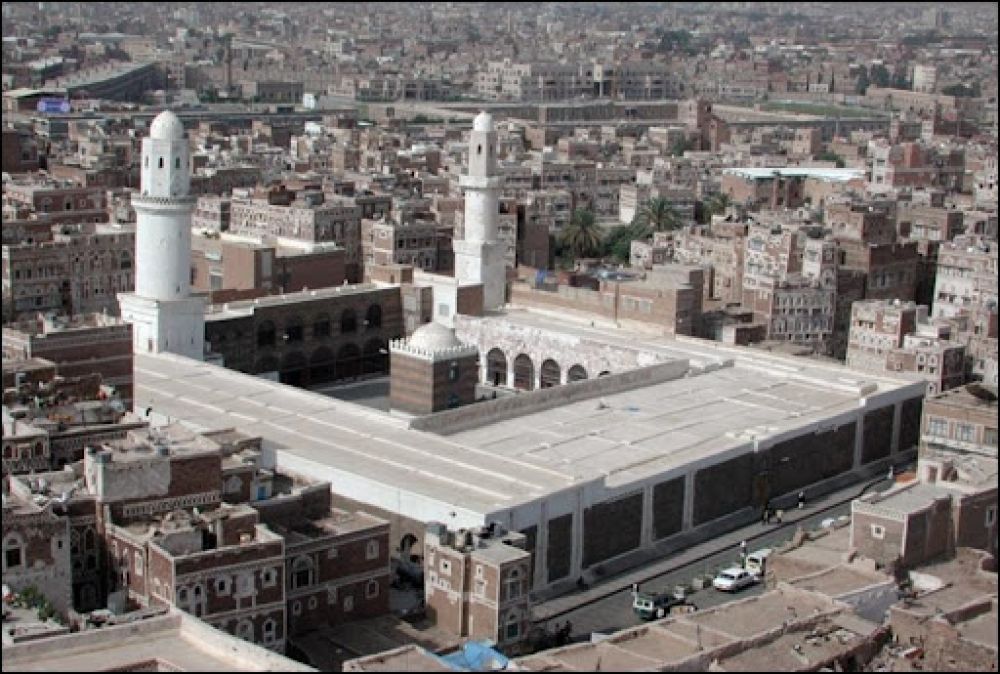

The Great Mosque of Sana'a, situated in the heart of Yemen’s capital, stands as one of the oldest mosques in the Muslim world. Its roots extend back to the seventh century, making it a site of immense historical significance and a beacon for Islamic architecture and culture. Over the years, the Great Mosque has been a magnet for scholars, historians, and travelers alike, drawn by its reputation as an important center of Islamic learning and its striking architectural features.
According to Islamic tradition, construction of the Great Mosque began during the lifetime of the Prophet Muhammad, which contributes to its esteemed status among Islamic sites. Expanded and renovated through the centuries, the mosque has borne witness to the ebb and flow of Sana'a’s fortunes, reflecting its resilience and the unwavering faith of its people. The mosque's library was once a renowned repository of Islamic knowledge, housing a vast collection of manuscripts and religious texts that cemented its role as a scholarly hub.
Tourism at the Great Mosque of Sana'a has been deeply influenced by the broader historical and political context of Yemen. During periods of stability, the mosque attracted scholars and tourists with its ancient Islamic manuscripts and its remarkable architectural features, such as the forest of columns made from ancient relics. However, tourism has often been hampered by the nation’s political instabilities and conflicts, which have made access to the area challenging and, at times, unsafe for travelers.
The architecture of the Great Mosque is reflective of various eras, showcasing a mix of original foundations and later additions. Noteworthy are its old minarets and the interior's arcades, enveloping visitors in a sense of timelessness and tranquility. For many years, these features attracted researchers and academics intent on studying Islamic architecture and its evolution through the ages.
In recent years, the tourism industry in Yemen, and specifically at the Great Mosque of Sana’a, has faced significant hardships due to ongoing conflict and humanitarian crises. However, there has been an emerging trend to make the most of digital technology to promote virtual tourism. Through this, individuals around the world can explore the mosque’s architectural majesty and historical significance from the safety and comfort of their own homes.
The current trend suggests a shift towards more responsible and sustainable forms of tourism. Those who manage to visit the mosque in person are encouraged to engage with the site respectfully and with a mindful understanding of its cultural and religious importance, as well as of the local community's ongoing struggles and recovery efforts.
The preservation of the Great Mosque of Sana'a remains a priority for historians and conservationists. Efforts are continuously being made to protect the site and its invaluable library from the ravages of time and conflict, with the hopes that future generations will be able to experience its spiritual and historical resonance. The future of tourism to this ancient site is uncertain, but the enduring significance of the Great Mosque of Sana'a as an emblem of Yemen's rich heritage remains undisputed.
For now, the Great Mosque of Sana'a exists as a testament to Yemen's historical depth and as a symbol of the enduring spirit and faith that has defined the city of Sana’a for more than a millennium.